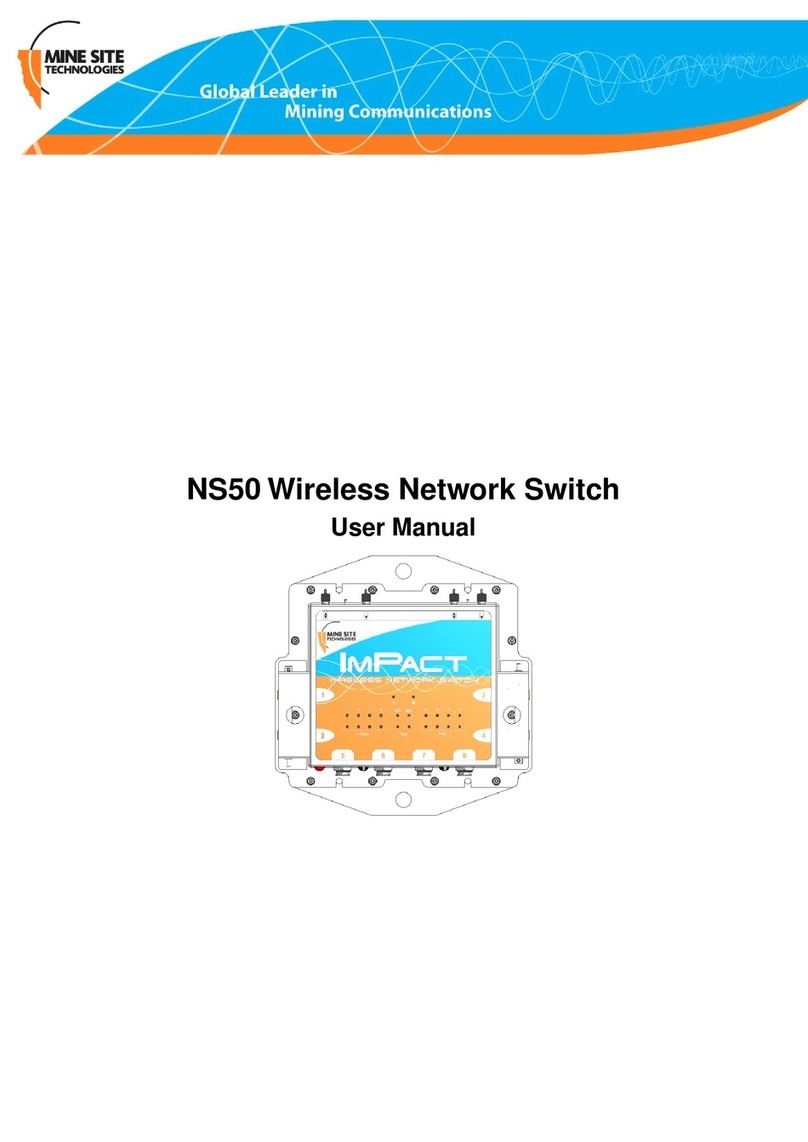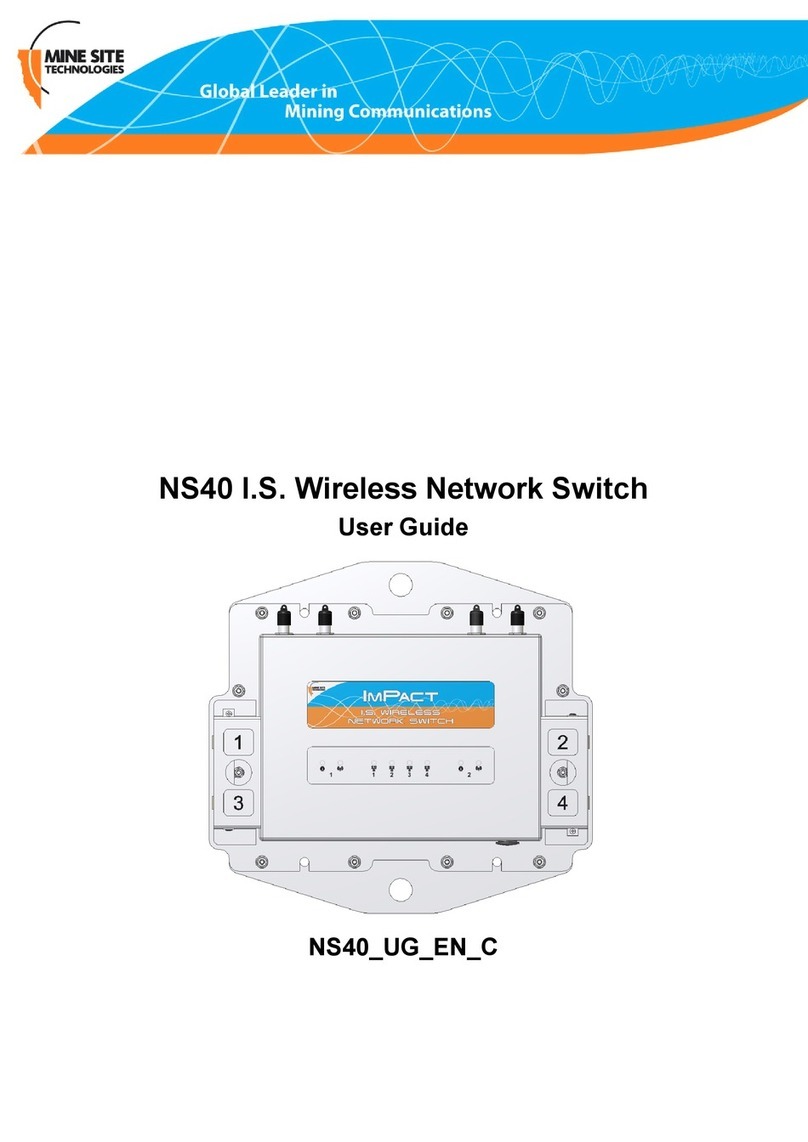
4.1 Understanding Trunk and Access Ports.....................................................................................44
4.1.1 Trunk Ports.................................................................................................................44
4.1.2 Access Ports................................................................................................................44
4.1.3 Port Allocation............................................................................................................45
4.2 VLANs and Wireless Networks.................................................................................................45
4.3 Native VLAN ............................................................................................................................46
Chapter 5: Configuration Using the Web Interface ..............................49
5.1 Logging onto the Web Browser Interface..................................................................................50
5.2 Configuration screen..................................................................................................................50
5.3 Basic Tab....................................................................................................................................51
5.3.1 Setting Up the LAN....................................................................................................51
5.3.2 Configuring Wireless Radio.......................................................................................52
5.3.3 Configuring Wireless Networks.................................................................................53
5.3.4 Configuring Wireless Extensible Authentication Protocol (EAP)..............................56
5.3.5 Configuring Asset Tracking and Location Based Services........................................57
5.3.6 Configuring Ethernet Switch Ports.............................................................................59
5.4 Advanced Tab............................................................................................................................60
5.4.1 Enabling the MAC Address Filter..............................................................................60
5.4.2 Fine Tuning Wireless Performance.............................................................................62
5.4.3 Defining VLANs.........................................................................................................63
5.4.4 Configuring the VLAN Port Map...............................................................................65
5.4.5 Wireless Distribution System (WDS) settings............................................................66
5.5 Tools Tab....................................................................................................................................67
5.5.1 Configuring Administrator and User Settings............................................................68
5.5.2 Saving and Restoring Configuration Settings.............................................................69
5.5.3 Activating Power Over Ethernet.................................................................................70
5.5.4 Setting the Time..........................................................................................................71
5.5.5 Rebooting or Restoring the Network Device..............................................................73
5.5.6 Upgrading Firmware...................................................................................................74
5.6 Status Tab...................................................................................................................................76
5.6.1 Obtaining Device Information....................................................................................76
5.6.2 Wireless Client Information........................................................................................77
5.6.3 Viewing System Logs.................................................................................................78
5.6.4 Viewing Network Traffic Statistics.............................................................................80
5.6.5 Viewing Ethernet Switch Information........................................................................81
5.6.6 Viewing Tracking Information....................................................................................82
5.6.7 Viewing Recent Tag Reports.......................................................................................82
Chapter 6: Centralised Configuration Management ............................85
6.1 Overview....................................................................................................................................86
6.2 Site Configuration files..............................................................................................................86
6.3 Editing Site Configuration Files................................................................................................87
6.3.1 Network......................................................................................................................87
6.3.2 System .......................................................................................................................88
Revision A4Wireless Network Switch User Manual






























